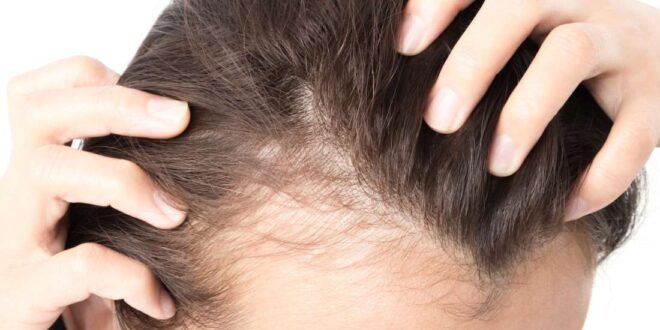Hair loss can impact men and women of all ages. While very often, there are underlying health concerns that can be treated, and in turn, encourages hair growth, some types of hair loss are a bit more challenging to treat. Over-the-counter hair remedies can lead to itching, inflammation, and often truly don’t produce much by way of results.
Platelet-rich plasma (PRP) is a treatment that has been used for a number of applications, including in sports medicine. It has been used to help accelerate the healing process for tendon and muscle injuries. It can be used to promote the healing process for torn ligaments, and it also has cosmetic applications. It can help to restart the growth cycle for some who have hair loss resulting from androgenetic alopecia.
But what is PRP, and is it safe? Are you the right candidate for this treatment?
An understanding of PRP therapy
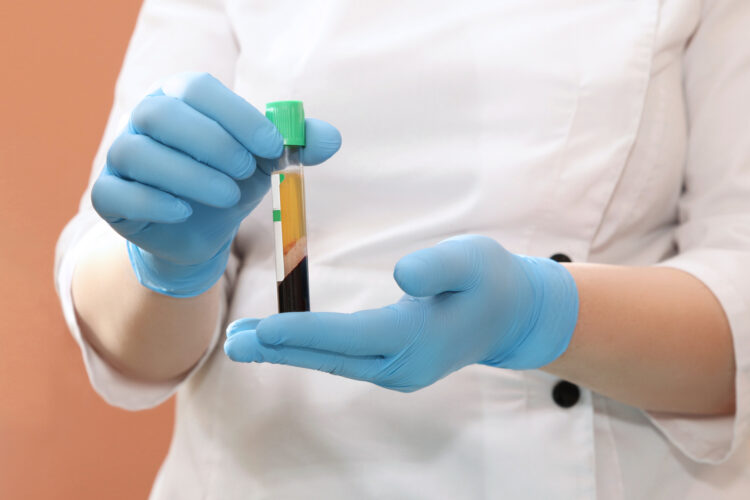
To best understand PRP therapy, it’s important to have an understanding of the role that platelets have in the healing process. Platelets are often considered to be the body’s “first responders” when there is an injury or another type of wound. Platelets can help to slow down and stop bleeding, and also promote the healing process.
It begins by drawing the patient’s blood and placing it into a centrifuge, which will separate the components of the blood. The platelets will be extracted and prepared for injection.
The injections will be strategically guided across the scalp in order to best optimize growth. According to the PRP expertise offered at https://mancavesydney.com.au/treatment/prp-hair-growth/, it’s important to note that PRP therapy can only be effective in areas that have hair follicles. Patients who are mostly or completely bald won’t have enough follicles left to see adequate regrowth of hair.
It’s also important to treat hair loss as soon as it is recognizable, as the growth cycle of follicles may not be able to be restarted after longer than a year.
How effective is PRP therapy?
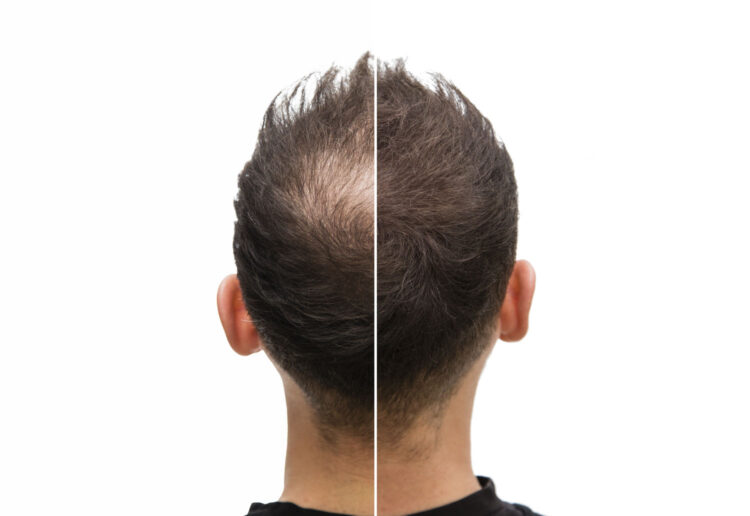
Studies and patient results have demonstrated that most experience a reduction in hair loss, while also seeing a boost in the density of growth. It is not a permanent cure for hair loss, and patients will need to have multiple treatments in order to maintain results.
Some find that they see an increase in results when two or more treatment types are combined. The best way to learn whether PRP therapy will be the right choice for you is to schedule a consultation with a PRP doctor who can analyze the health of your hair follicles.
How safe is PRP therapy?
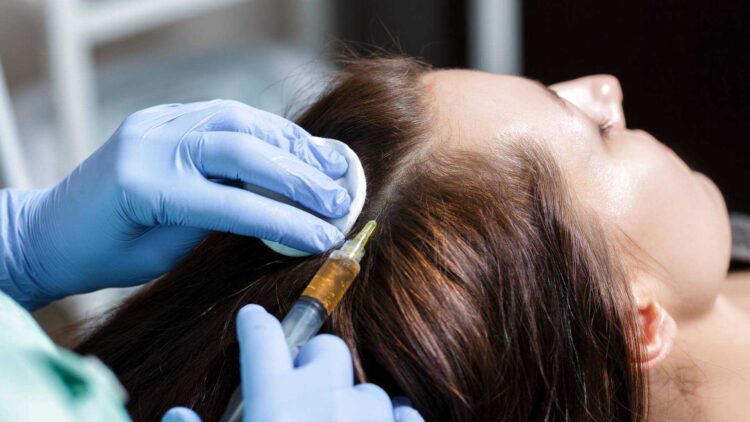
It is considered to be exceptionally safe when it is performed in a clinic with the right expertise. It’s always important to disclose to your doctor if you currently take any prescription medications or supplements. Be sure to mention any prior medical procedures that you’ve had done.
This therapy uses the patient’s own blood as a part of treatment. No chemicals or other substances are injected into the scalp during treatment, which means the therapy is considered to be very safe.
Are there any possible side-effects to PRP therapy?
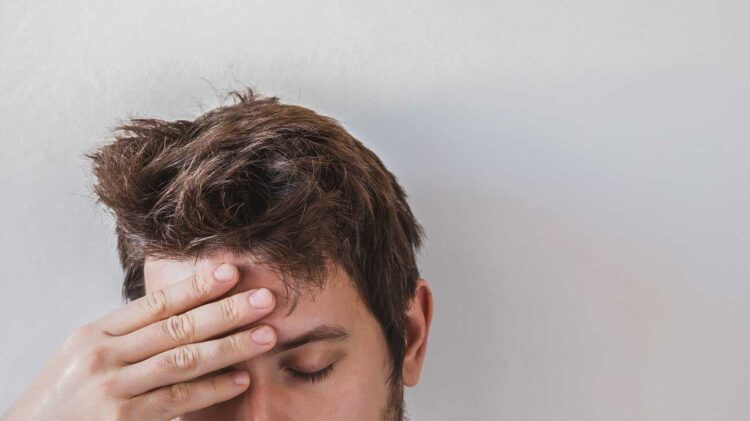
One of the best benefits of PRP therapy is that it has so few possible side-effects. That said, patients may still experience headaches, tenderness in the scalp, and some discomfort at the injection sites.
There may also be a bit of minor swelling, temporary bleeding at each of the injection sites, and a bit of itching over the days that follow treatment. Anything experienced beyond these minor discomforts should be reported to your doctor as soon as you are able.
PRP therapy is a viable option for most men and women who are in the early stages of their hair loss and looking for a treatment that can help to restore their once lush locks.
 Hi Boox Popular Magazine 2024
Hi Boox Popular Magazine 2024
